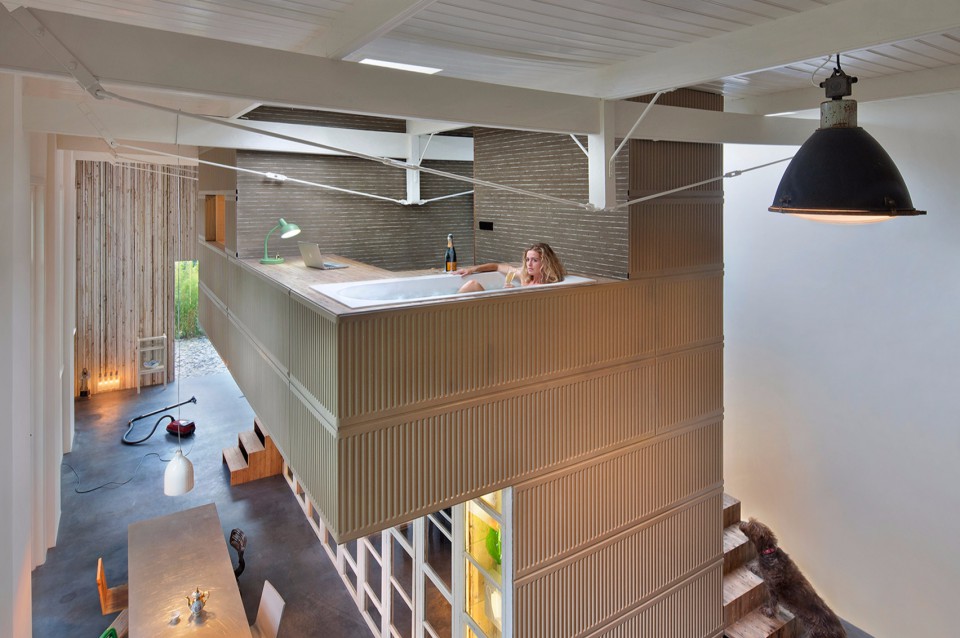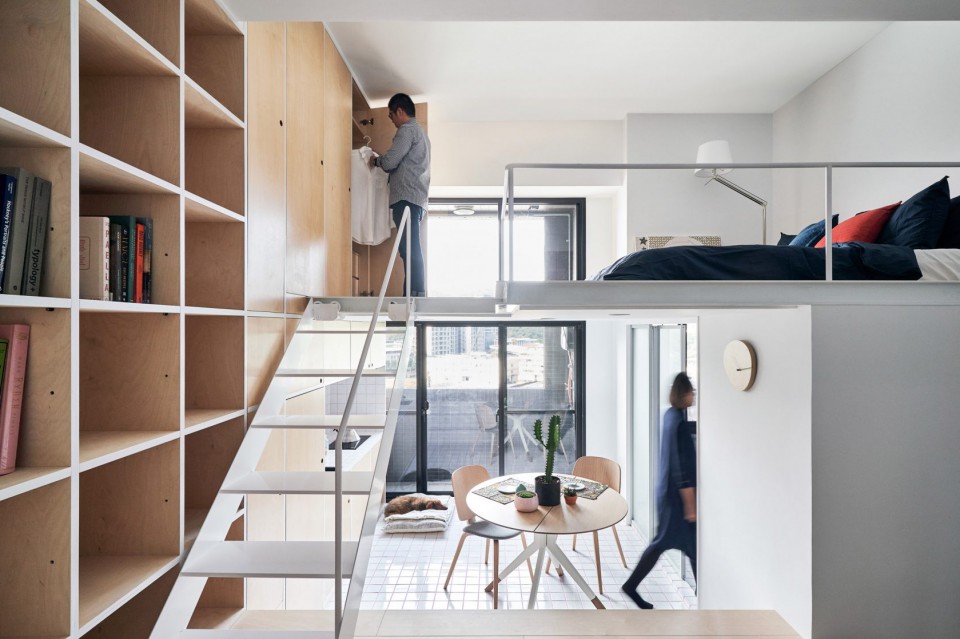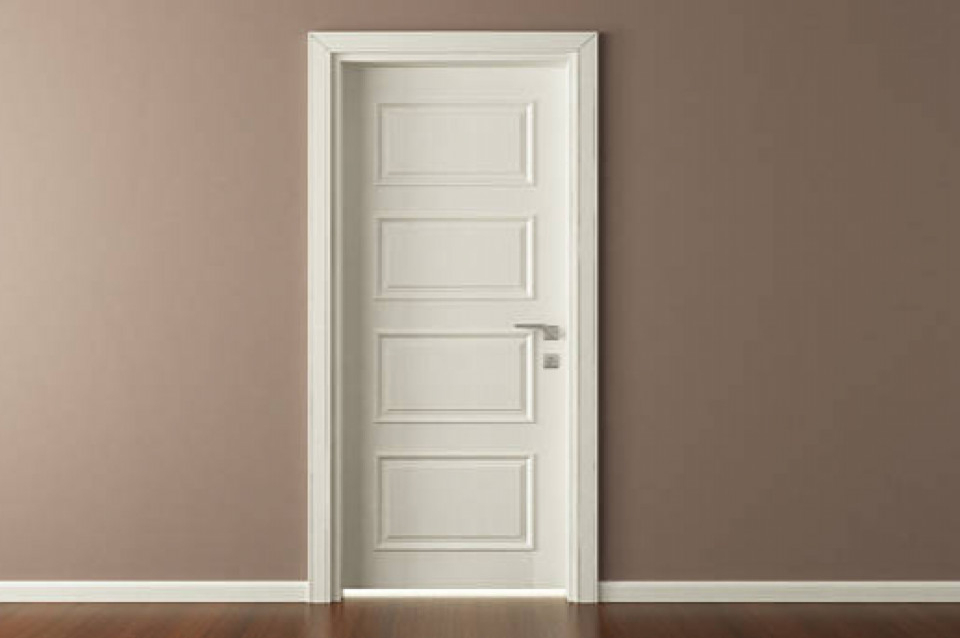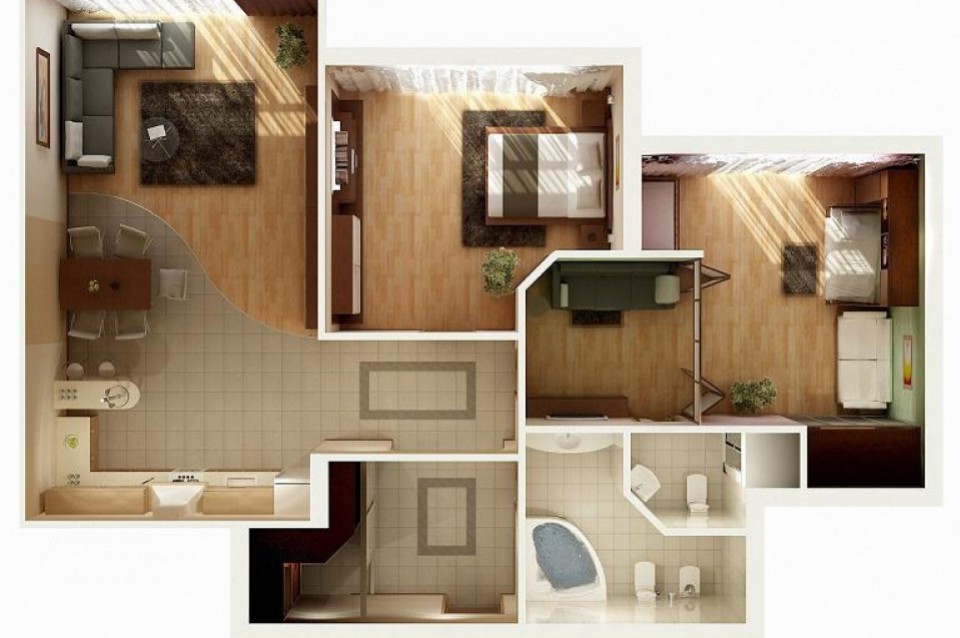Decorating Your Home with a Feng Shui Concept Approach
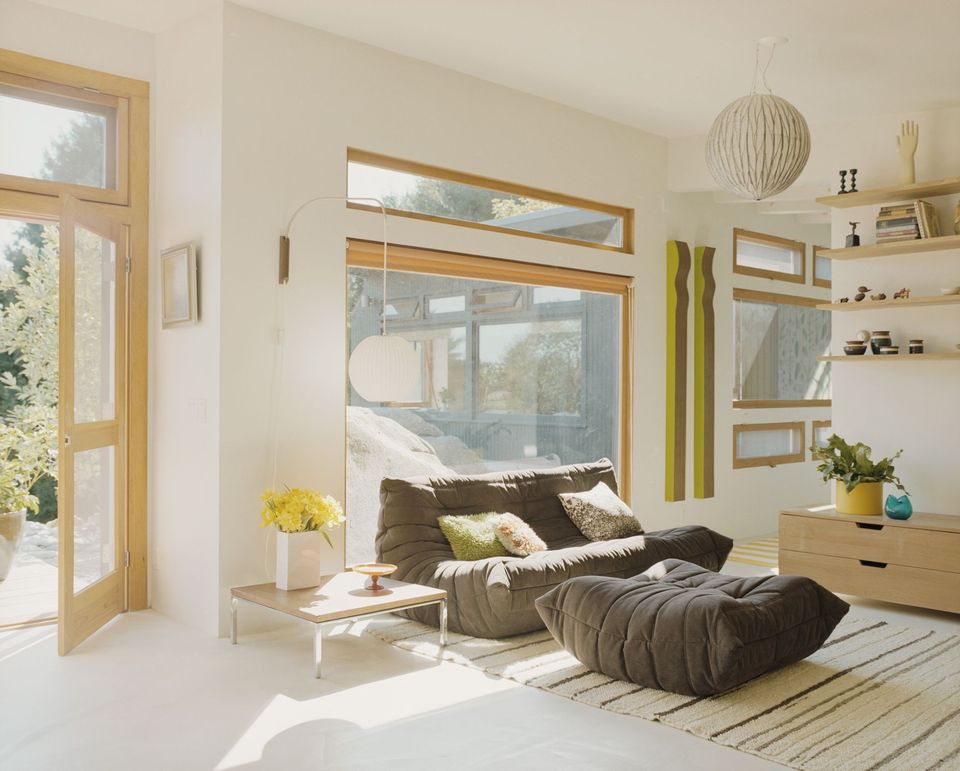
Feng shui is an ancient Chinese topography science that believes in the harmony between humans, astronomy, and geography to improve life by receiving positive Qi. Qi itself is the invisible energy generated by nature. This science serves to consider the building's conditions in relation to nature or objects believed to bring luck and prosperity to the users.
In designing a house or building, according to feng shui, there are two important aspects to consider: Xiang (the facing direction of the house) and Shan (the sitting direction of the house). Once we know the facing and sitting directions through feng shui compass, we can determine the good or bad areas or zones within the house. Here's how to design a house by applying feng shui principles to its interior spaces.
1. Remove unnecessary items
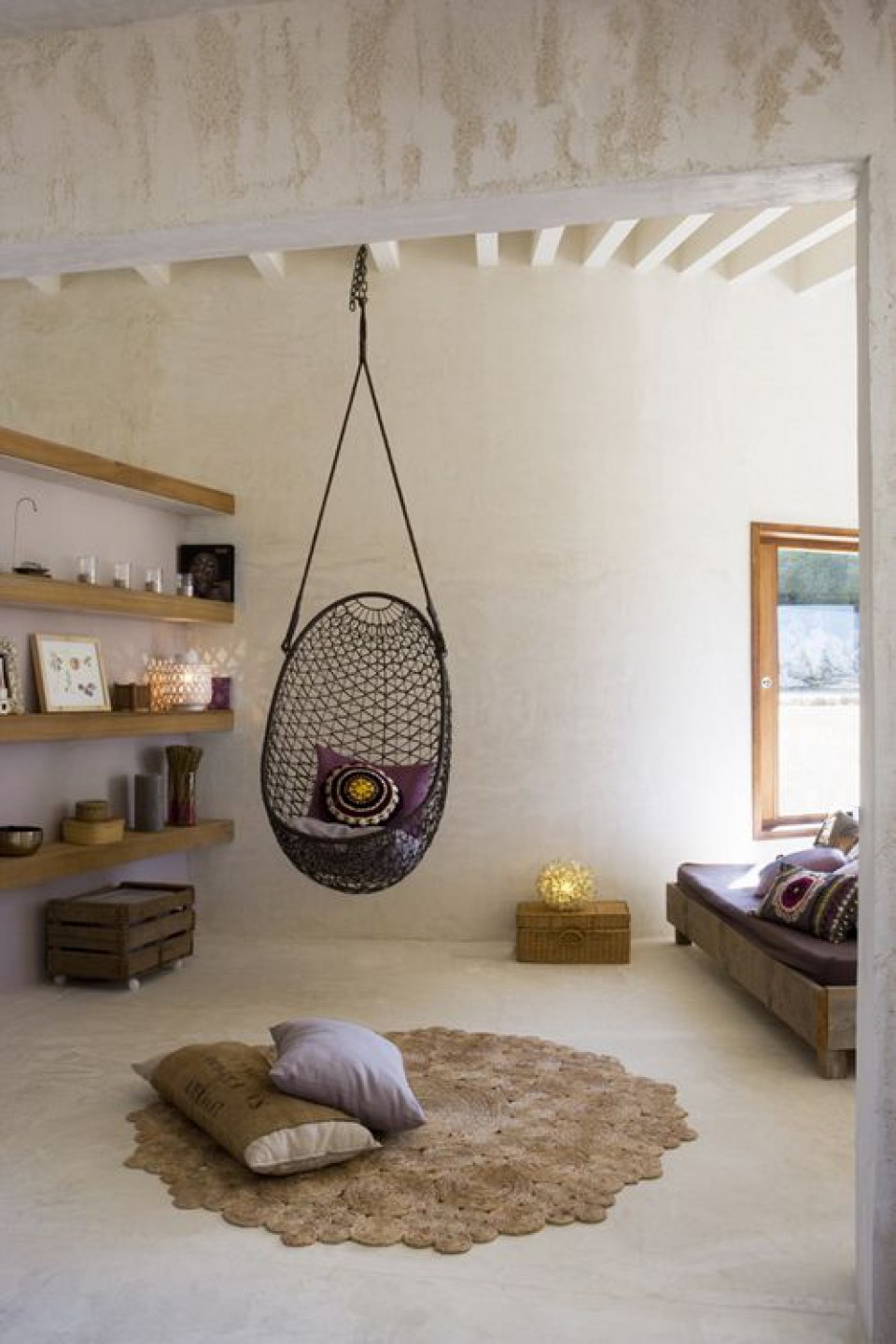
If there are items in your house that are not needed or you don't like, remove them. Cleaning and organizing belongings in the house may take a lot of time and energy, but it's beneficial to create a more spacious environment at home. This step is crucial for creating harmony within the house.
2. Maximize openings for good lighting and air circulation
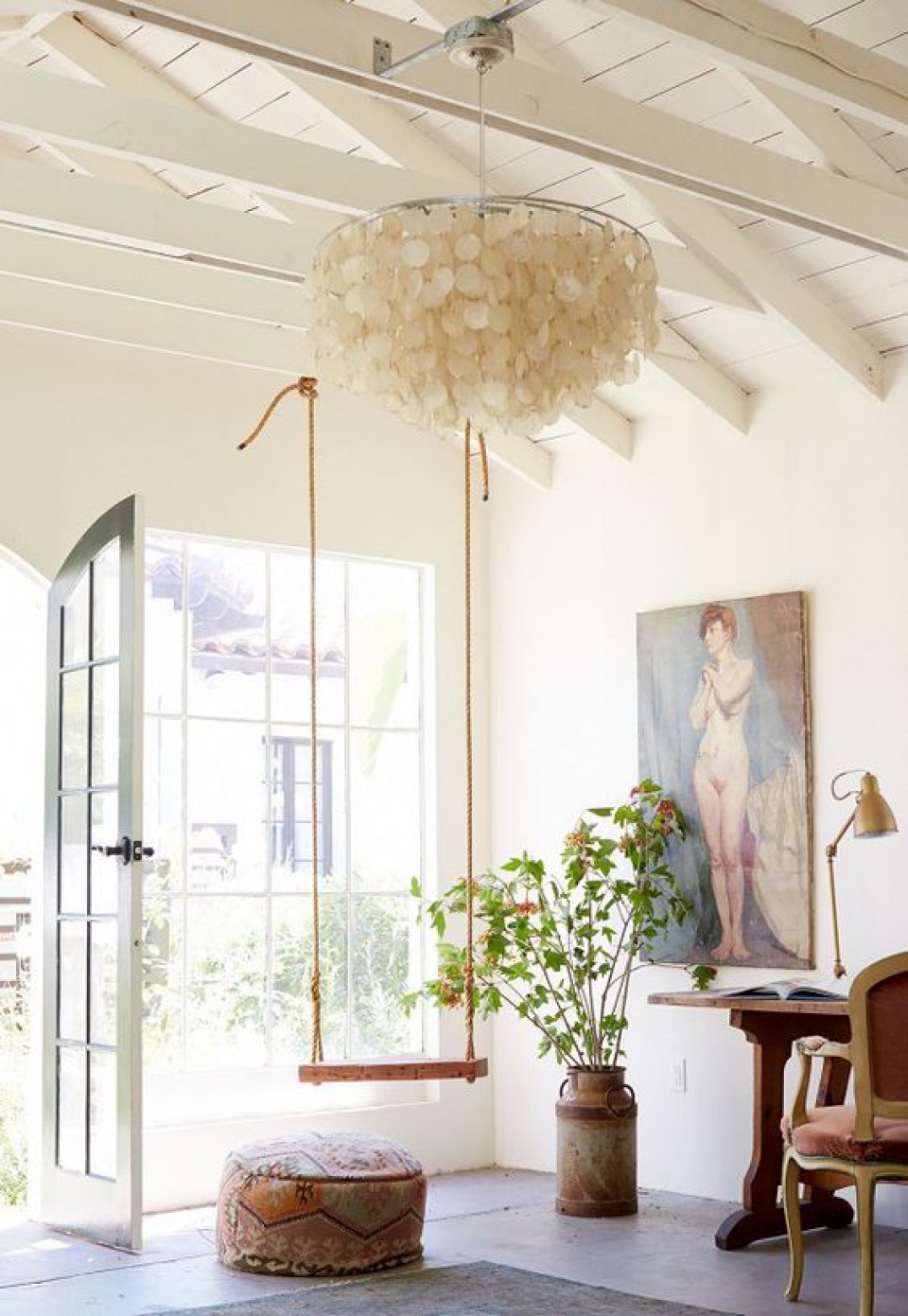
Light and air are two essential elements for Chi (feng shui energy) within the house. Keeping windows or ventilation often open helps purify the air with the assistance of outdoor plants. Maximize natural light entering the house to make the interior brighter and less stuffy.
3. Determine your energy map
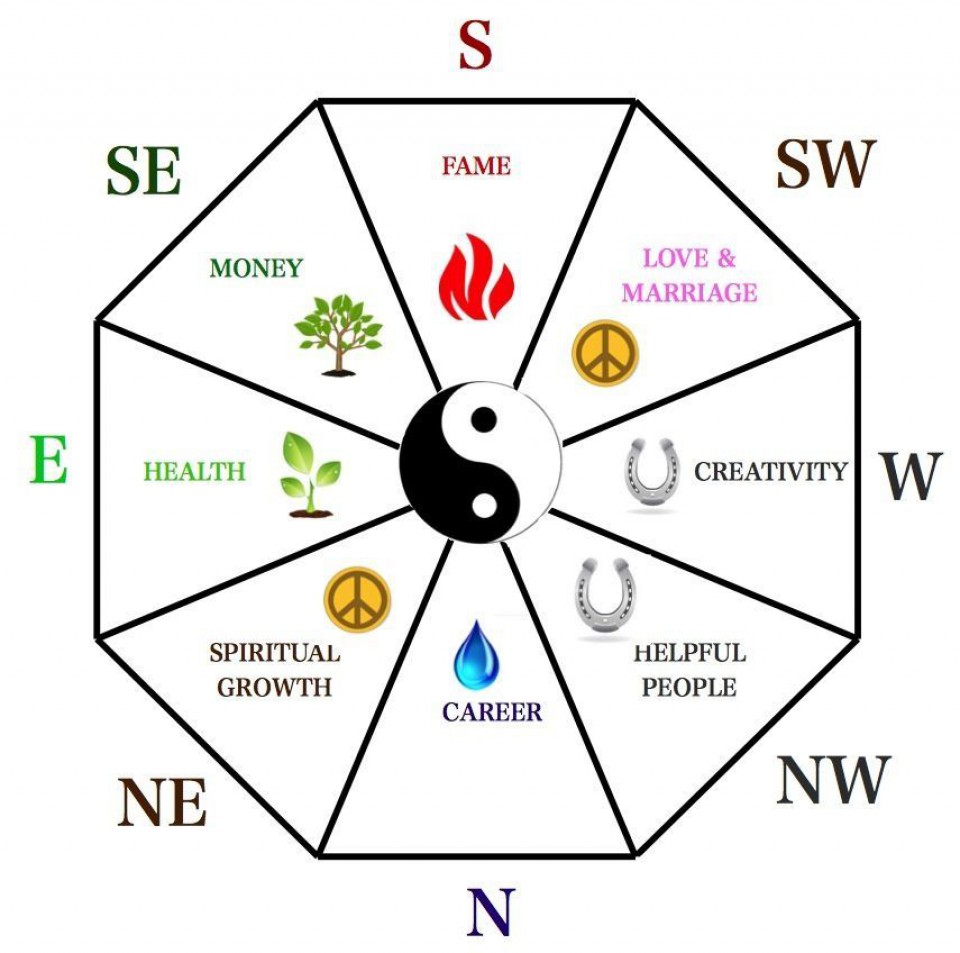
Determine the location of your energy map in your house using two methods: the classical method and the BTB grid. Choose one method and don't use both at the same time.
In the classical method, readings are taken using a feng shui compass to determine the directions. On the other hand, the BTB grid method involves dividing the layout of the house into nine equal squares and determining the main house location in that grid. These nine squares represent yin and yang.
As discussed earlier, this energy map is done to determine the Xiang and Shan of the house, allowing us to decide on the favorable room locations within the house.
4. Utilize the five basic feng shui elements

To create a balance of energy in various areas of the house, it's essential to use the five main feng shui elements: fire, earth, water, metal, and wood. For example, if you desire prosperity in your house, placing wood and water elements in the southeast area of the house is suitable. If you want to enhance health, you would place wood elements like plants or wooden furniture in the eastern part.
5. Discover your birth element according to Feng Shui

Once you know your birth element, you can design your house to support and strengthen that element. For instance, if your element is fire, you need to design the house to represent this element by using appropriate colors such as red, orange, purple, magenta, pink, and yellow that align with the fire element. The shapes should also match, such as triangular shapes. Additionally, you should incorporate strong wood elements in the house, as the fire element becomes stronger when paired with wood.
6. Determine the Kua number and auspicious directions
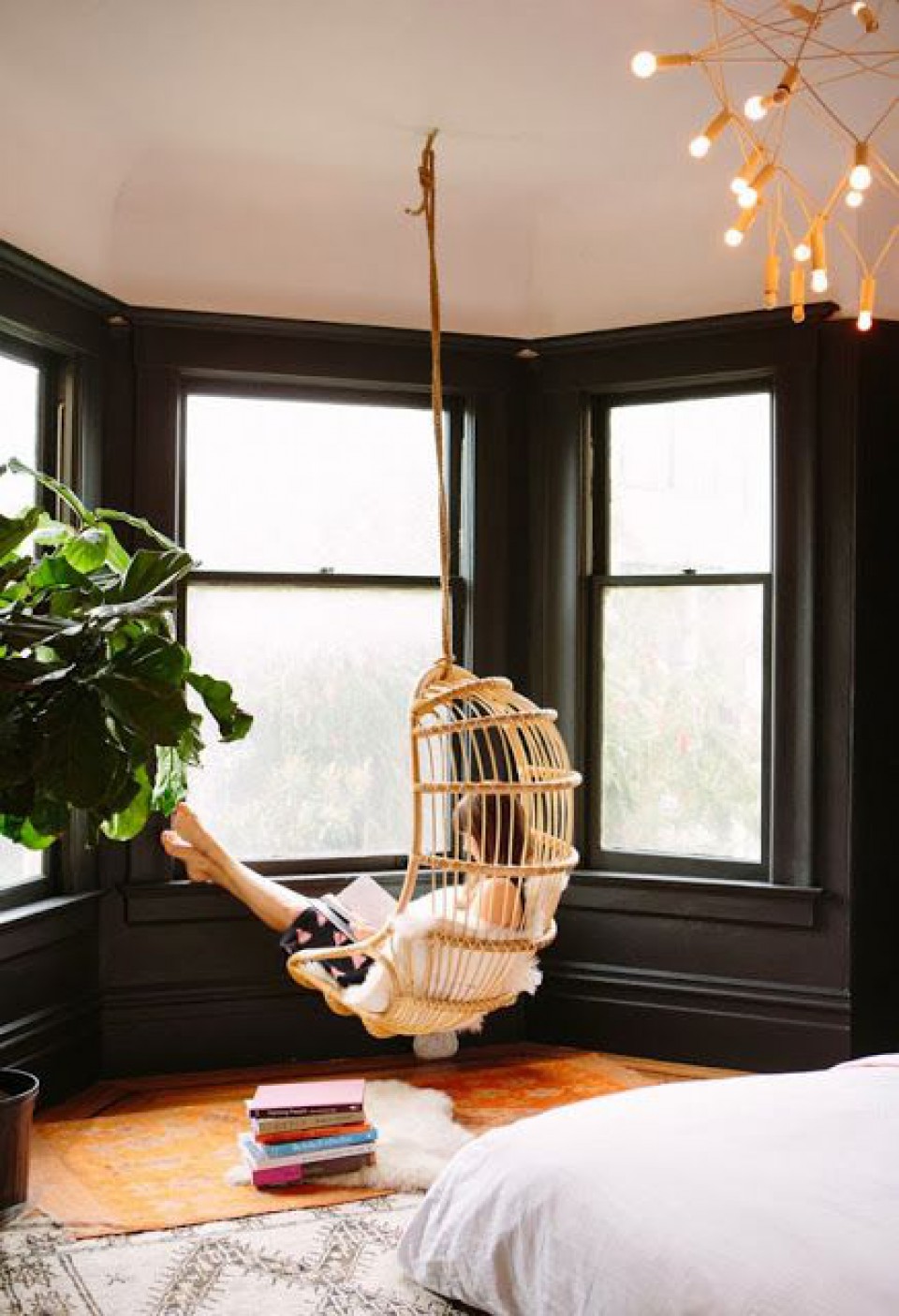
The Kua number is a lucky number that determines the placement of various spaces that will benefit you. The placement of beds, desks, and toilets is influenced by the cardinal directions that correspond to our Kua number. For instance, individuals with Kua numbers 1, 3, 5, 7, 9 are more favorable towards the east, while those with numbers 2, 4, 6, 8 are better towards the west.
7. Be mindful of various energies within the house
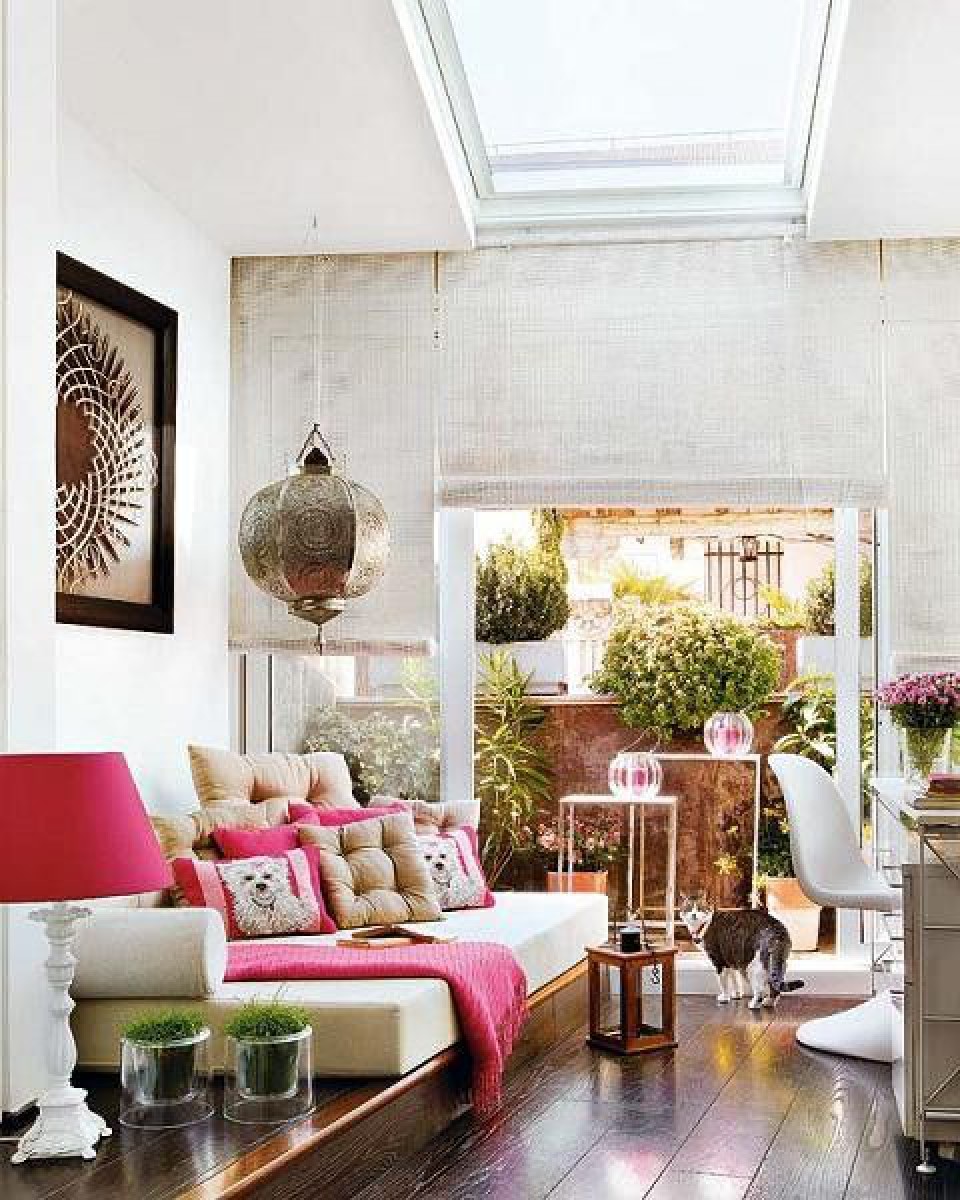
The energy possessed by each item will affect various aspects of your life. Pay attention to feng shui energy related to health, such as the placement of bedrooms, bathrooms, and kitchens. Use feng shui knowledge wisely to attain prosperity and luck in life.
These seven steps are fundamental in designing a house or building following feng shui principles. However, there are many other aspects to explore if you wish to delve deeper into the science of feng shui. For those who are new to decorating with this concept, enjoy the process and make it an enjoyable experience!
Source: Feng shui Decor



